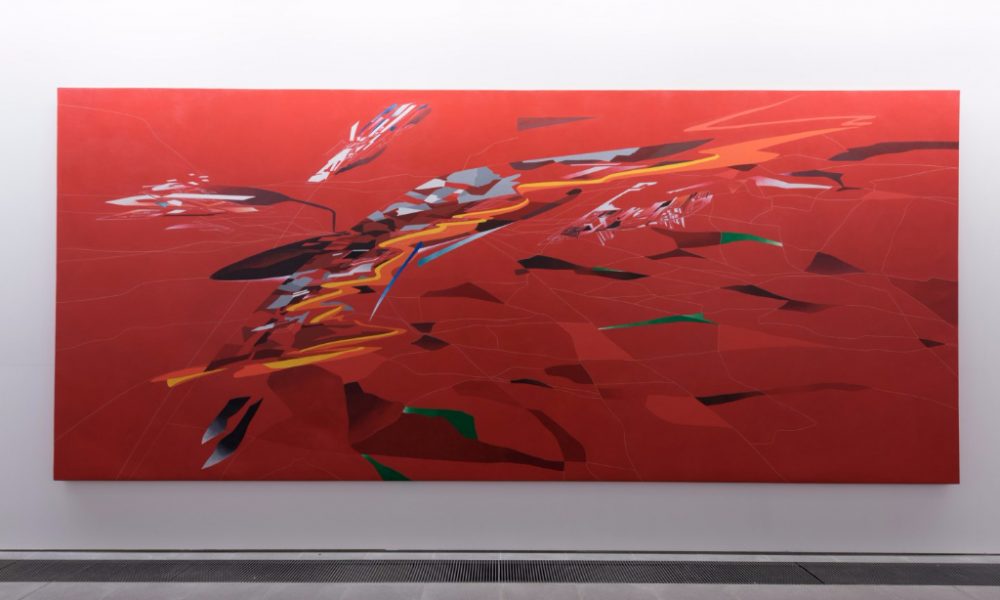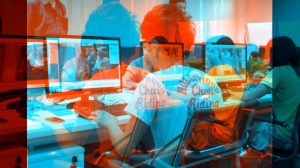Lucy Raven and Zaha Hadid at Serpentine Galleries

This winter, the Serpentine Galleries are displaying two female artists’ experimental and groundbreaking work. Lucy Raven: Edge of Tomorrow, is the first UK solo exhibition of the New York-based artist and showcases a diverse study of “the marginal spaces at the images of production”. The pieces and films lay bare the labour, equipment and time employed “behind-the-scenes” to create images before they are fleetingly displayed to the world in video and print. The installation reveals the physical apparatus used to create artistic effect, such as the slow-moving spotlights Casters (2016), and shows the process to be slow, mechanistic and repetitious through recurring, looping frames and pictures. The Deccan Trap (2015) takes the viewer up close to and behind the process of image production through an animation of clippings spliced together to form new images. In RP31 (2012), the 35mm film being pulled through a projector is exposed to become as much the focal point as the flickering test patterns looping on the screen. The central cinema shows Raven’s mesmeric Curtains (2014), with stereoscopic images converging and becoming 3D when viewed through 3D glasses, but will also host an excellent series of cult films curated by Raven, including Invasion of the Body Snatchers (1978) and Who Framed Roger Rabbit (1988), to demonstrate how the manipulation of moving pictures has developed through time.
The architectural exhibition in the Serpentine Sackler Gallery displays the work of the pioneering Iraqi-born architect, Zaha Hadid (1950-2016). She is quoted as drawing on Kasimir Malevich as an early influence: “Malevich discovered abstraction as an experimental principle that can propel creative work to previously unheard levels of invention.” It is this concept that emerges from the selection of paintings and calligraphic architectural drawings from the 1970s to the early 90s, revealing a revolutionary thought process about architectural forms and relationships. Gravity and reality are challenged and resisted through warped perspective, in works like The World (89 Degrees) (1983), and exploded, fragmented and deconstructed buildings and urban landscapes fill the rooms, such as in London 2066 (1991) produced for British Vogue. The colourful, abstract pieces, which straddle the space between art and architectural design, seen as a whole and in the context of the artist’s prowess to realise her experimental ideas in physical buildings – her first in 1993, then later (2013) the stunningly fluid Serpentine Sackler Building itself – become a window into Hadid’s visionary mind. Plus, the Google Arts & Culture virtual reality experiences brilliantly bring to life Hadid’s utopian ideals for organising and interacting with space, plunging viewers vertically down and around her futuristic images as though immersed in a version of Christopher Nolan’s Inception.
This isn’t contemporary art at its most accessible, but both exhibits present a fascinating exploration of the artistic process through a challenge for the intellect and a feast for the senses.
Sarah Bradbury
Lucy Raven and Zaha Hadid are at the Serpentine Galleries from 8th December 2016 until 12th February 2017, for further information visit here.


























Facebook
Twitter
Instagram
YouTube
RSS